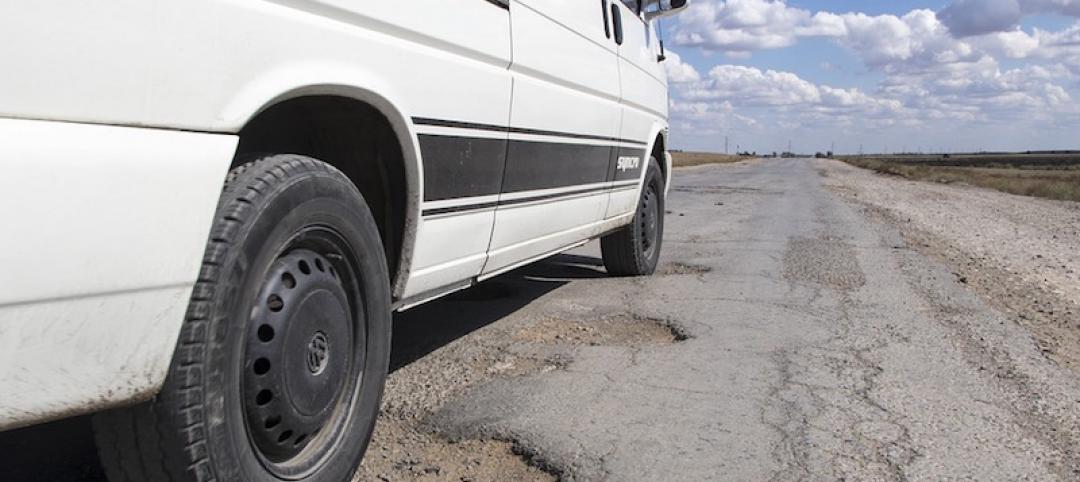Schools that provide optimal indoor environments see improved student performance and, if designed well, can also boost energy efficiency and reduce the carbon footprint.
According to a report by the World Green Building Council, providing ample daylighting and energy efficient LED lighting can reduce emissions while improving achievement. For example, the report found that students in the U.S. showed a 36% increase in oral reading fluency when exposed to high-intensity light, while those in standard lighting conditions increased by only 16%.
One in five U.S. schools has poor indoor environmental quality. This includes high temperatures and humidity, air quality with high concentrations of various pollutants, exposure to loud noise sources, and inadequate lighting. These factors negatively affect children’s health, behavior, and academic performance.
In a related study of the Barrington School District near Chicago, Ill., conducted by DLR Group, CO2 levels reached up to 2,500 parts per million in some cases, which is well beyond recommended levels (around 800 ppm) for internal environments. “Buildings in general, and schools in particular, need to be designed and built for the well-being of each of us, while addressing the challenges of resource efficiency and climate change,” concluded Pascal Eveillard, Deputy Vice President for Sustainable Development and Director for Sustainable Habitat at Saint-Gobain.
Related Stories
Codes and Standards | Apr 18, 2017
K-12 school daylighting initiative created to promote best practices
Eneref Institute creates networking group of school administrators for ideas to overcome market obstacles.
Codes and Standards | Apr 17, 2017
OSHA delays enforcing crystalline silica standard in construction industry
Enforcement will begin Sept. 23, three months later than planned.
Codes and Standards | Apr 13, 2017
Former OSHA official publishes safety citations on his own
Under Trump orders, agency had stopped issuing ‘shaming’ press releases on major fines and safety violations.
Codes and Standards | Apr 12, 2017
Trump infrastructure task force suggests arbitration to speed projects
Permitting process could be reduced from 10 years to 2 years under the proposal.
Codes and Standards | Apr 11, 2017
2017 National Energy Codes Conference includes code boot camp, PNC Tower tour
The DOE-sponsored event will be held in Pittsburgh July 17-20.
Codes and Standards | Apr 10, 2017
Congressional hearing on skills gap includes look at construction industry
Strategies to boost ranks of construction workers include mentoring programs, increased safety measures, trade group support, and outreach to school counselors.
Codes and Standards | Apr 6, 2017
Product-specific EPDs seen as key aid to earning green building credits
The product-specific EPDs allow designers to more quickly earn a LEED v4 credit in the Materials & Resources category.
Codes and Standards | Apr 5, 2017
Updated AIA Disaster Assistance Handbook released with significant enhancements
Updates provide guidance on how design and construction pros and emergency managers can work together to prepare for and respond to disasters.
Codes and Standards | Apr 4, 2017
Global standards for indoor environmental monitoring under development
Systems and sensors guidelines will be aligned with major green standards.
Codes and Standards | Apr 3, 2017
New standard test method for static loading and impact on exterior shading released
The method provides a standard lab procedure evaluation of ice and snow loads and impacts.

















